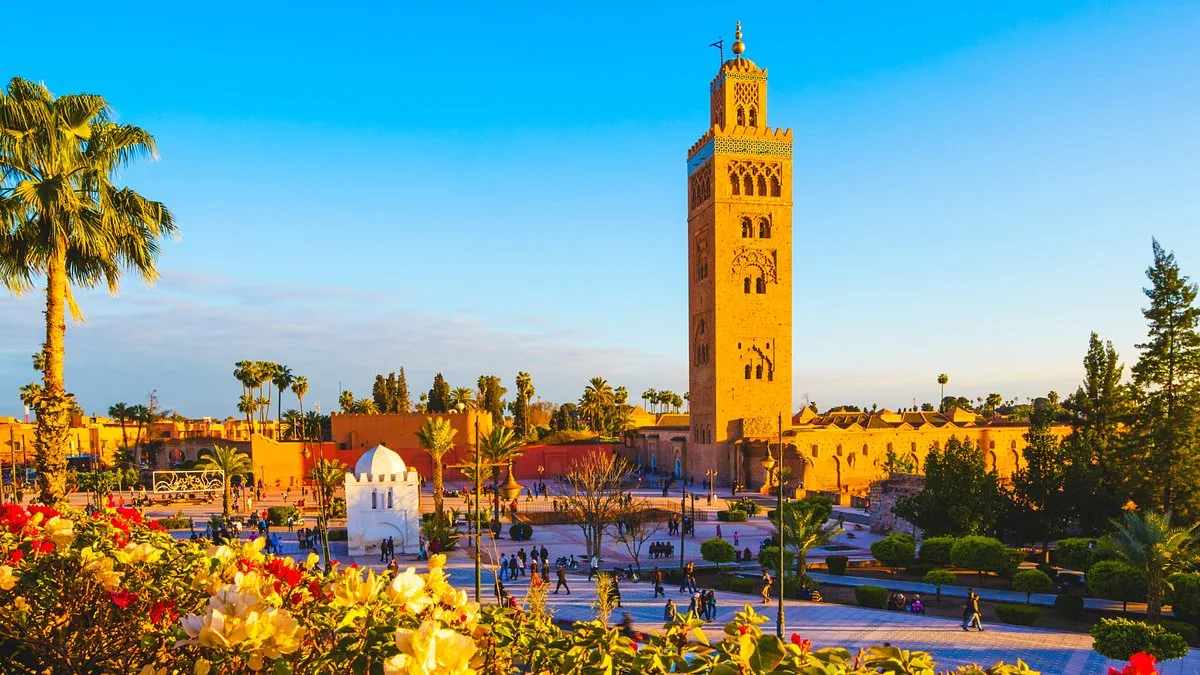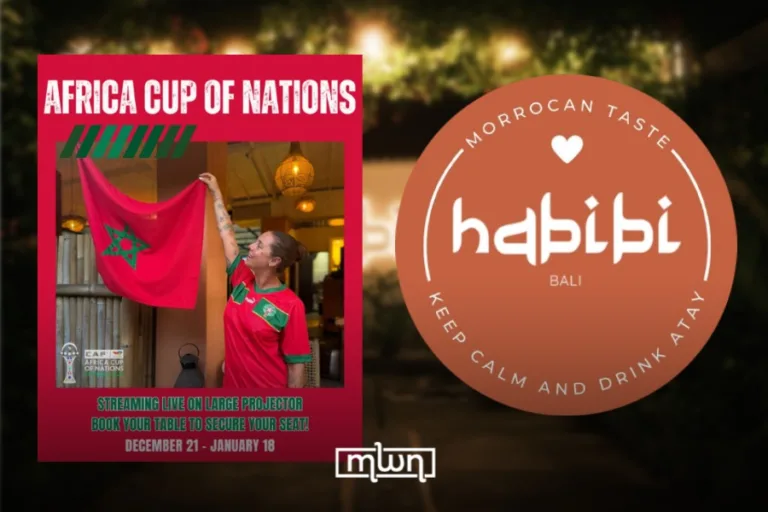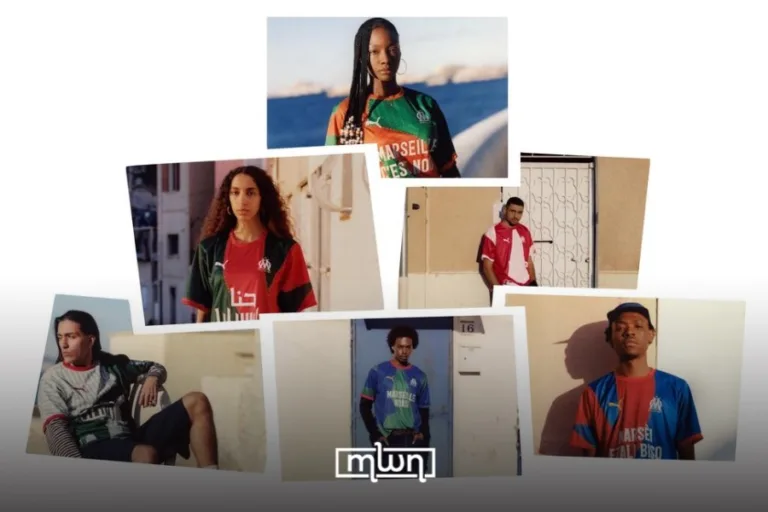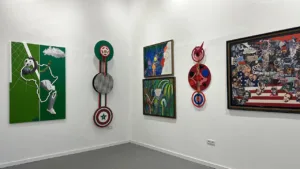Marrakech is Morocco’s dazzling crossroads of history, culture, and modern style.
With its pink-walled medina, lively squares, and hidden gardens, the city is a feast for the senses. Here’s your guide to what to do in Marrakesh, from sunrise calls to prayer to late-night rooftop views.
Let’s step inside Marrakesh’s walled old city, a UNESCO World Heritage Site and home to centuries of stories.
The medina is a maze of narrow alleys where artisans hammer brass, dye fabrics, and sell spices in colorful pyramids.
Wander without a map, the best discoveries here are accidental. Stop by the Souk Semmarine for leather goods, carpets, and lanterns, and pause at a riad café for mint tea when you need a break.
At sunset, head to Jemaa el-Fna, Marrakesh’s legendary main square. As dusk falls, it transforms into a stage of food stalls, snake charmers, and storytellers.
The scent of grilled meat mixes with the beat of drums and chatter. For the best view, climb to a rooftop terrace and watch the chaos unfold from above with a glass of fresh orange juice in hand.
The Koutoubia Mosque, with its 12th-century minaret, is the city’s defining landmark. Though non-Muslims cannot enter, its gardens and surrounding area are open to all.
Nearby, the Bahia Palace offers a glimpse into the grandeur of 19th-century Moroccan architecture, with intricate zellige tiles and tranquil courtyards. Don’t miss the Saadian Tombs, rediscovered in 1917, showcasing exquisite marble and cedar craftsmanship.
When you’ve had enough of the medina’s bustle, escape to Marrakesh’s gardens.
The Majorelle Garden, created by French painter Jacques Majorelle and later owned by Yves Saint Laurent, is an oasis of cobalt blue buildings, cacti, and palm trees.
For a more local feel, visit the Menara Gardens, a serene olive grove with a large reflecting pool dating back to the 12th century.
Beyond its historic walls, Marrakesh is a hub for design and contemporary art. Visit the Yves Saint Laurent Museum to explore the designer’s lifelong love affair with the city.
Next door, the Musée Berbère inside the Majorelle Garden highlights Morocco’s indigenous artistry. In Gueliz, the city’s modern district, you’ll find galleries, concept stores, and cafés that showcase Marrakesh’s new creative pulse.
No visit is complete without tasting the city. Try a chicken tagine with preserved lemons, a bowl of couscous on Fridays, or a sweet pastilla dusted with cinnamon and sugar.
For adventurous palates, the street food stalls in Jemaa el-Fna offer snails, grilled merguez sausages, and harira soup. Pair it all with freshly squeezed pomegranate juice or traditional mint tea.
As evening falls, Marrakesh glows in pink and gold. Rooftop terraces across the medina and Gueliz provide perfect spots to unwind. Order a cocktail or mocktail, listen to the distant call to prayer, and watch the city shift from day to night, a sight that captures Marrakesh’s timeless rhythm.
Dress modestly, especially when visiting religious sites. Learn a few words in Arabic or French, locals appreciate the effort.
Haggling in souks is expected, but keep it friendly. And always carry small cash for tips and small purchases. Marrakesh is walkable, but its rhythm is best experienced slowly, one courtyard, spice stall, and story at a time.
Marrakech is more than a destination; it’s an experience. Between its centuries-old architecture and rising art scene, it balances heritage and modernity with style.
Whether you’re chasing the scent of spices or the shimmer of lantern light, every corner tells a story, and every visit leaves you wanting more.
















